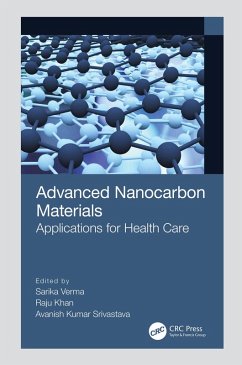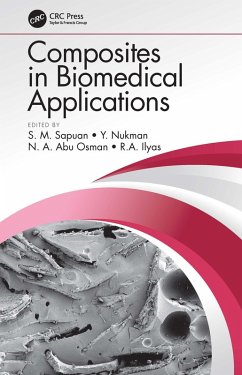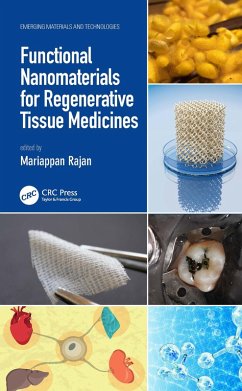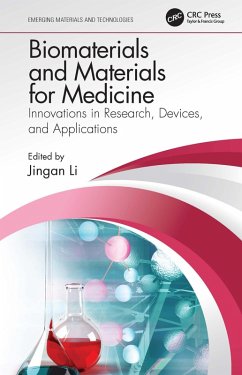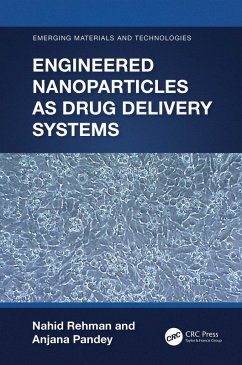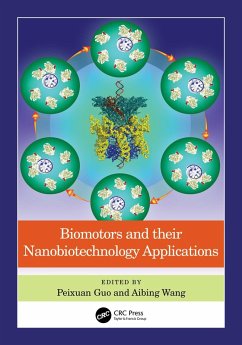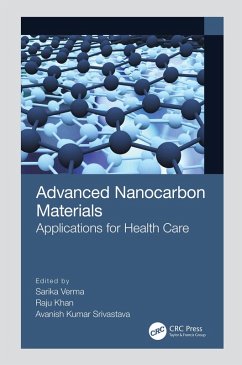
Biomotors and their Nanobiotechnology Applications (eBook, PDF)

PAYBACK Punkte
23 °P sammeln!
This book - a collection of reviews and research articles by the top academics in the field - provides a glimpse of the cutting-edge technology and research being carried out and shows how researchers are utilizing this knowledge to develop new areas of study and novel applications. It serves as a valuable resource while exploring the latest advances in virus particle assembly and demonstrating how the knowledge of fundamental processes has been used to advance bio-nanotechnology. Chapters detail biophysical approaches and biomotor research, discus the latest advances in DNA/RNA nanoparticle a...
This book - a collection of reviews and research articles by the top academics in the field - provides a glimpse of the cutting-edge technology and research being carried out and shows how researchers are utilizing this knowledge to develop new areas of study and novel applications. It serves as a valuable resource while exploring the latest advances in virus particle assembly and demonstrating how the knowledge of fundamental processes has been used to advance bio-nanotechnology. Chapters detail biophysical approaches and biomotor research, discus the latest advances in DNA/RNA nanoparticle assembly and use, and introduce the use of DNA/RNA nanoparticles for drug delivery.
Dieser Download kann aus rechtlichen Gründen nur mit Rechnungsadresse in A, B, BG, CY, CZ, D, DK, EW, E, FIN, F, GR, HR, H, IRL, I, LT, L, LR, M, NL, PL, P, R, S, SLO, SK ausgeliefert werden.




